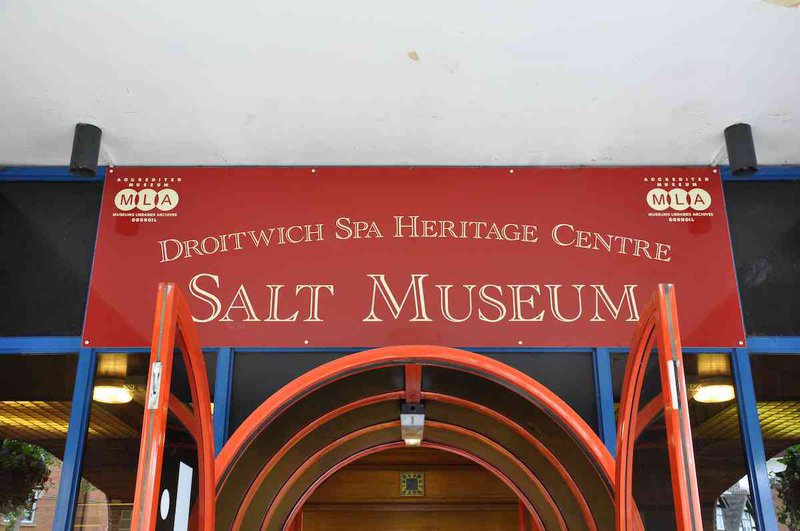Salt Museum
Up until the mid-1970s, little was known about early Droitwich, except for the presence of a substantial Roman settlement in Bays Meadow and a Roman Fort at Dodderhill. Excavations in the 1970s and 1980s uncovered extensive remains of early Droitwich and showed us to be a virtual time capsule for early evidence of the salt making industry. Many of the incredibly well preserved finds are on show in our museum, which tells the remarkable history of Droitwich. You will also find reconstructed faces from Roman skulls which reveal some incredible facts about their lifestyles and appearance.
Salty fact
Just how did Droitwich come to have brine streams running beneath it at all?
About 200 million years ago, the area was being periodically flooded with seawater. In the hot climate, the seawater evaporated, leaving salt behind. As the process was repeated, the salt became concentrated into thick deposits. Over the course of time, this rock salt was buried under a deep bed of clay which lies beneath large parts of the Midlands today. As the clays were folded by movements of the Earth’s crust, the rock salt beds were tipped, and, as luck would have it, left the salt closest to the surface directly under Droitwich. As ground water permeated into the rock salt beds, salt was dissolved and underground streams of brine created. As a result of natural pressure, the brine was forced back to the surface through clay fissures, to emerge at the surface as brine springs. The brine being easily available, readily appearing on the surface in springs, was no doubt a very important factor for the development of early salt making in Droitwich all those years ago.
